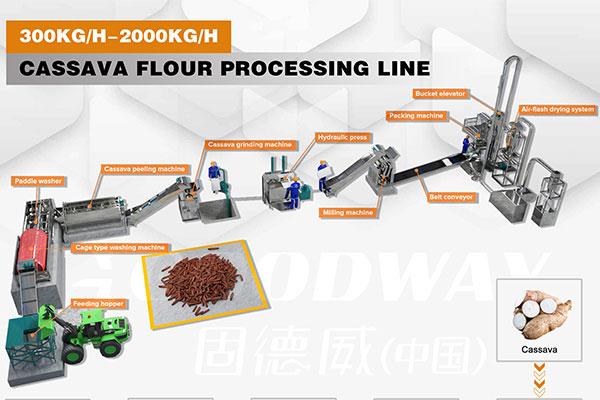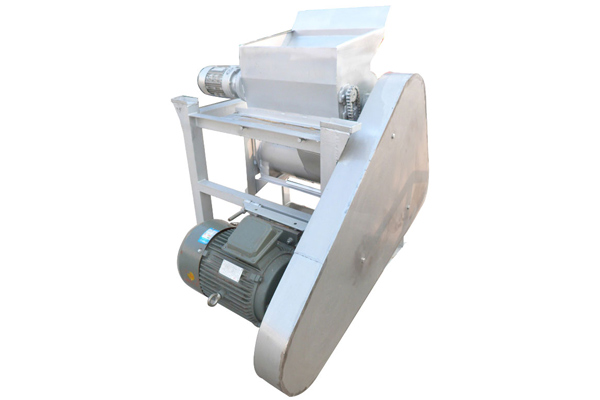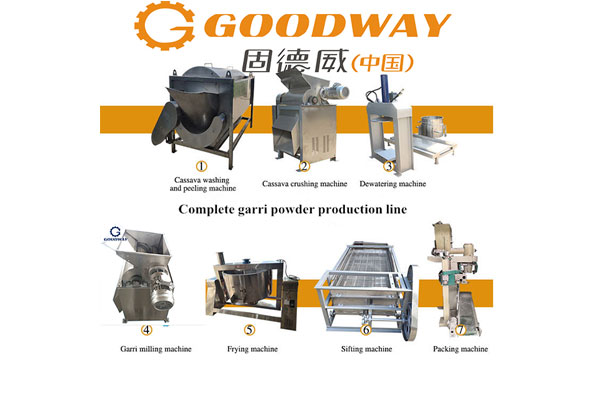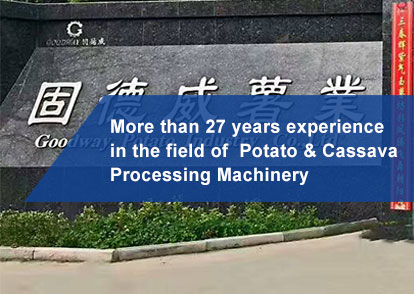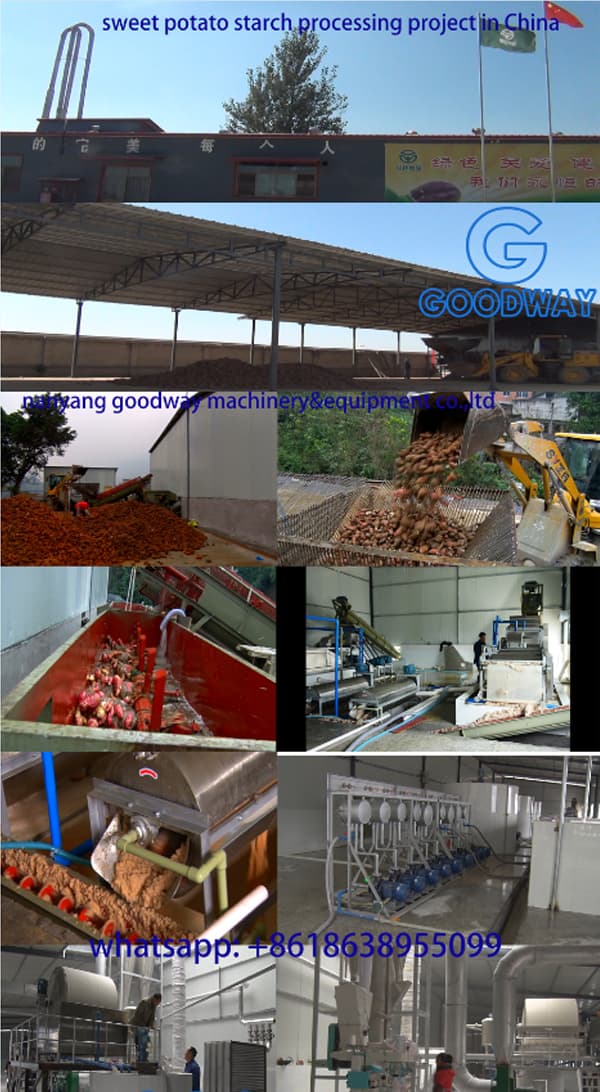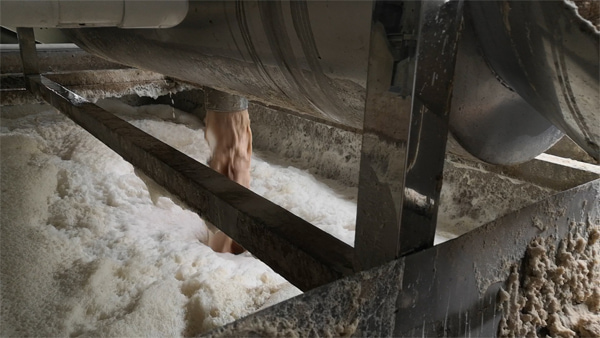Fresh Sweet Potato-Washing-Crushing -Starch Extraction-starch Sifting -Separation-Wet Starch drying-starch packing.
It can be known from the sweet potato starch production process that most of the waste water is formed in the process of cleaning raw materials, sieving and screening of starch, and starch extraction.
In the first two steps, the external sediment and root skin of sweet potatoes need to be cleaned up. The residual impurities will affect the quality of the extracted starch. After cleaning, the wastewater contains a large amount of sediment and sweet potato skin, the suspended solids (SS) content is at a high level, and the pollutant content is greatly reduced after precipitation.
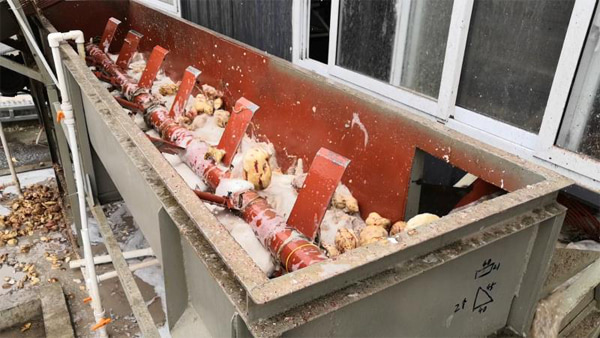
In the extraction stage of sweet potato starch, traditionally produced waste water is used. The precipitated supernatant contains starch, proteins, polysaccharides, amino acids, and several inorganic salts that are soluble in water. Nitrogen and phosphorus contain more nutrients, better biochemical properties, do not contain toxic substances and heavy metals, and the value of recyclable resources is high. Due to different quality of sweet potatoes, different processing methods, and different time, the COD of different batches of sweet potato starch waste water is different. The pH value is about 4.0-4.5, the COD is about 10,000 mg / L, and the SS is about 3000 mg / L. In the past, starch processing technology required a lot of water resources. The starch extraction rate was low. The wastewater contained more pollutants. If it was discharged to nature without purification, it would seriously affect the surface water quality in some areas. In 2010, relevant government departments adjusted the starch wastewater discharge standards. The specific requirements are shown in the table below:
The waste water formed in the backward starch production process needs to be purified and treated, and at the same time, related processes and sweet potato starch processing equipment need to be improved. The current full-automatic sweet potato starch production line uses multi-stage cleaning in the cleaning stage. First, the screw conveyor dry-cleaning machine is used to roll forward without water to remove the surface sediment and save energy and water. Combined with other washing machines, the raw materials can be fully cleaned while saving energy and water. When starch is crushed and extracted, modern sweet potato starch processing equipment uses two-stage crushing, multiple washing and extrusion filtration, and countercurrent circulation of water, which can not only increase the starch extraction rate, but also reduce water consumption, thereby reducing waste water.
Of course, whether it is traditional sweet potato starch processing or modern sweet potato starch processing machine, starch processing must generate wastewater and must be treated before being discharged. It's just that the amount of wastewater from the automatic sweet potato starch processing machinery is less and it is easier to collect and treat.
Note: COD (Chemical Oxygen Demand) is chemical oxygen demand, which is a chemical method to measure the amount of reducing substances that need to be oxidized in water samples. Oxygen equivalent of waste water, wastewater treatment plant effluent and polluted water, which can be oxidized by strong oxidants (usually organic). In the study of river pollution and industrial wastewater properties and in the operation and management of wastewater treatment plants, it is an important and fast-to-measure organic pollution parameter, which is often represented by the symbol COD.

 EN
EN
 fr
fr  es
es  it
it  pt
pt 